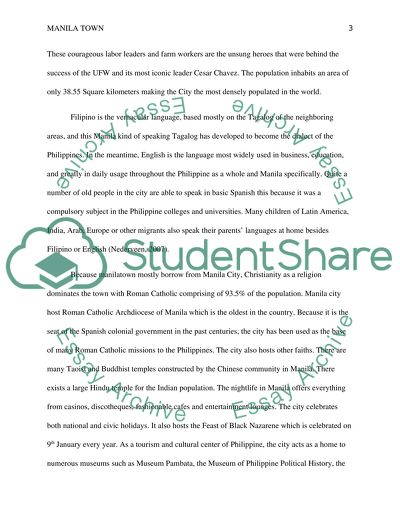Cite this document
(“Manilatown Research Paper Example | Topics and Well Written Essays - 1750 words”, n.d.)
Manilatown Research Paper Example | Topics and Well Written Essays - 1750 words. Retrieved from https://studentshare.org/history/1464366-manilatown
Manilatown Research Paper Example | Topics and Well Written Essays - 1750 words. Retrieved from https://studentshare.org/history/1464366-manilatown
(Manilatown Research Paper Example | Topics and Well Written Essays - 1750 Words)
Manilatown Research Paper Example | Topics and Well Written Essays - 1750 Words. https://studentshare.org/history/1464366-manilatown.
Manilatown Research Paper Example | Topics and Well Written Essays - 1750 Words. https://studentshare.org/history/1464366-manilatown.
“Manilatown Research Paper Example | Topics and Well Written Essays - 1750 Words”, n.d. https://studentshare.org/history/1464366-manilatown.


